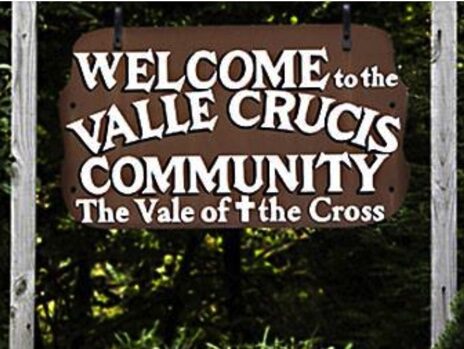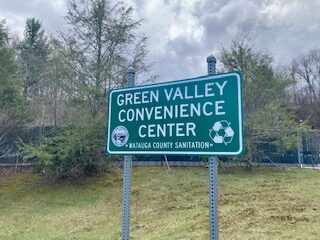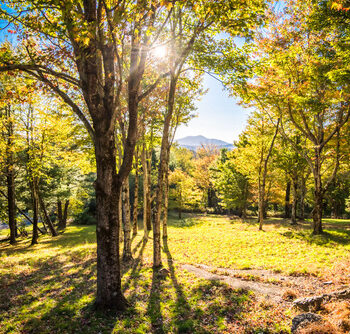What’s in a Name: Valle Crucis

“What’s in a name? that which we call a rose
By any other name would smell as sweet.”
― William Shakespeare, Romeo and Juliet
Many years ago, I read a historical fiction based in medieval times. I remember very little about the book, not even its title. But I certainly recall how I was absolutely fascinated by how place names and surnames came to be. In the book, surnames often originated around occupations and physical characteristics. Miller worked at the mill. A blacksmith was a Smith. Brown may have been darker complexioned than his peers and White may have been paler than his. Taylor was a tailor. Baker, Fuller, Shepherd, Fisher, Long, . . . To me, it was epiphany after epiphany.
Ever since reading that book, I’ve had an interest in how places get their name. I’d like to eventually explore all the local town names – I think it would be fascinating to know.
Shortly after moving here, I learned how Valle Crucis got its name. Since we will soon enjoy Easter, I’d like to share that story, as you’ll easily see the connection. The story goes something like this: A New York botanist visited the area in 1840 and was deeply impressed by the rich beauty. When he passed through Raleigh on his trip back to New York, he met with the local Episcopal bishop, Levi Silliman Ives, and told him of the beauty that he’d encountered.
Two years after hearing about the area’s beauty from the botanist, Bishop Ives came to see if it was a suitable location for a mission. Standing on a mountain ridge over the valley, the bishop saw three creeks converge. Different writers report it differently. Some say he saw a cross rise from the converging creeks with his “spiritual eyes”, and some say the creeks literally formed the shape of a cross. The creeks no longer converge so, unfortunately, we can’t see what he saw. Which version of the story is correct, I don’t know. But either way, the bishop saw a cross and he named the place Valle Crucis, Latin for Valley of the Cross.
Bishop Ives was impressed not only with the natural beauty he saw but also with the people. He reported positive interactions with the people and that they wished to be instructed. Soon after his return to Raleigh, he sent a missionary to the new Valle Crucis, and a Christian community was built.
I read several articles on Valle Crucis and how it got its name, but this was my favorite. If you want to “feel” some of the Valle Crucis story, I encourage you to read this.
Perhaps this is the first of several posts exploring how our local towns got their names. I know I’d like to know more.




